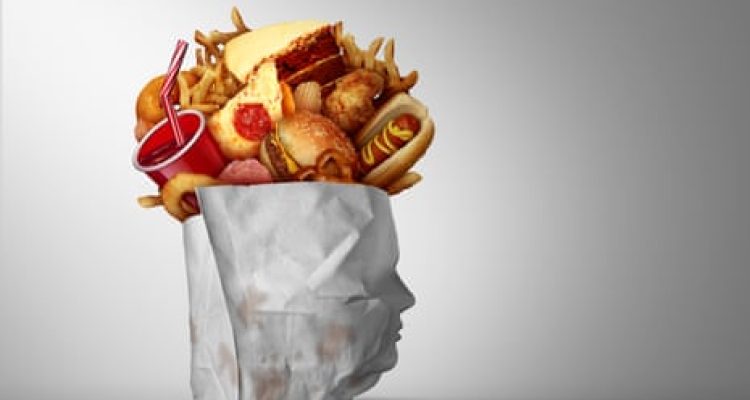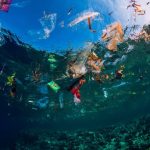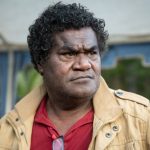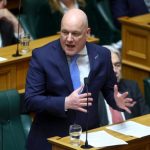Brent crude hits highest level since April while airline shares slide amid escalation of conflict in Middle East
The price of oil and gold has soared and stock markets have fallen afterIsrael’s strikes against targets in Iran.
The escalation of the conflict in the Middle East, the focal point of global oil production, prompted a sharp increase in wholesale prices. Brent crude surged by more than 7% after news of the attacks broke, briefly moving above $75 (£55) a barrel to its highest level since April.
Stocks fell on Wall Street, with the Dow Jones dropping 1.8%, the S&P 500 falling 1.1% and the Nasdaq down 1.3%. Airline stocks, including Delta, United and American declined on fears that fuel costs could climb if there were issues with oil supply.
News of the strikes affected the aviation industry as airlines cleared the airspace over the region, while investors turned to safe investment assets such as gold.
The British Airways owner, IAG, was the top faller on London’sFTSE100, closing 3.7% down, and shares in the airline easyJet ended the day 2.7% lower.
One of the top risers on the UK blue-chip index was the weapons producer BAE Systems, up almost 3%, reflecting concerns that the Israel-Iran conflict could escalate. In the US, the share prices of military suppliers including Lockheed, Northrop Grumman and RTX all rose. The oil companies BP and Shell also gained value, with the former closing nearly 2% up and the latter closing just over 1% higher.
The price of gold was trading about 1% higher on Friday afternoon at $3,426 an ounce, close to the record high of $3,500 it hit in April.
“The geopolitical escalation adds another layer of uncertainty to already fragile sentiment,” said Charu Chanana, the chief investment strategist at Saxo. Stocks dived in Asia, with Japan’s Nikkei down 1.3%, South Korea’s Kospi falling 1.1% and Hong Kong’s Hang Seng dipping 0.8%.
In Europe, major markets across Germany, France, Italy and Spain all closed at least 1% down. In London, the FTSE 100 ended the day down 34 points at 8,850, 0.4% belowThursday’s record closing high.
Israel, which said its attack was a “pre-emptive strike” over Iran’s nuclear programme, has declared a state of emergency as its military said Tehranhad launched 100 drones in retaliation.
Marco Rubio, the US secretary of state, called Israel’s strikes againstIrana “unilateral action” and said Washington was not involved.
The move to perceived safe haven assets has resulted in the yield on 10-year US Treasury notes falling to a one-month low of 4.31%.
Derren Nathan, the head of equity research at Hargreaves Lansdown, said: “It’s not just the outlook for Iranian exports that’s a concern but also the potential for disruption to shipping in the Persian Gulf’s strait of Hormuz, a key route for about 20% of global oil flows and an even higher proportion of liquified natural gas haulage.”
Much of the world’s oil, as well as key commodities such as grain, passes through busy sea lanes in the Middle East, including the strait of Hormuz.
Get set for the working day – we'll point you to all the business news and analysis you need every morning
There are concerns in the maritime supply chain that continued conflict between Israel and Iran could lead to a de facto closure of the strait, which is considered a vital entry point for container ships calling at ports in the wider Gulf region.
All UK-flagged ships were advised on Friday to avoid sailing through the Red Sea and the Gulf of Aden, according to a document from the Department for Transport. The Greek shipping association has urged shipowners to provide details of vessels sailing through the strait.
“Any closure of the strait of Hormuz would see services rerouted, with increased reliance on Indian west coast ports for connecting the far east to the Indian subcontinent,” said Peter Sand of the shipping analytics company Xeneta. “The inevitable disruption and port congestion, as well as the potential for higher oil prices, would cause a spike in ocean freight container shipping rates.”
A large-scale return of container ships to the Red Sea now “seems less likely”, according to Sand.Attacks on vessels by Iran-backed Houthi rebels in Yemen18 months ago led to many ships being diverted around the Cape of Good Hope, a rocky headland on the Atlantic coast of the Cape peninsula in South Africa, adding thousands of miles to journeys and pushing up shipping rates.
Energean, a UK gas producer, said on Friday it had temporarily suspended the production and activities of its facility off the coast of northern Israel.
Energean told investors it had received a notice from Israel’s ministry of energy and infrastructure ordering the suspension “following the recent geopolitical escalation in the region”.
















